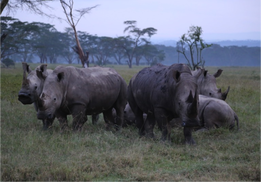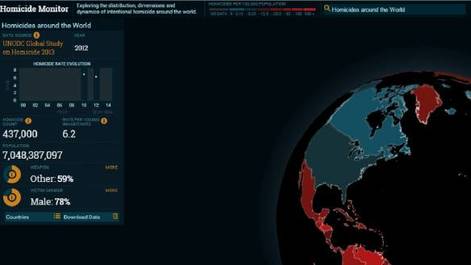| This is the fifth blog post in a series looking at an array of issues in 2017 related to weapons use, the arms trade and security assistance, at times offering recommendations. |
This comes against the background of intense conflict in Yemen. A 10-State Saudi-led coalition began its military intervention in Yemen in March 2015, after Houthi rebels, in alliance with former President Ali Abdullah Saleh, took control of the capital Sana’a and ousted current President Abd Rabbo Mansour Hadi. The Houthi-Saleh alliance swept south to take control of key cities including Aden. The country was quickly engulfed by violence, marking the end of a fragile political transition process.
From very early on in the Saudi-led bombing campaign, regular reports began to emerge of airstrikes on critical civilian objects, residential areas, and large gatherings of civilians, including Mazraq IDP camp, and relief supplies warehouses, attacks on the Old City of Sana’a. These regular attacks against civilians and civilian objects, along with the use of cluster munitions (which the UK Government may be on the verge of acknowledging for the first time), the designation of entire cities as military targets, and other practices collectively demonstrated a pattern of violations of IHL. The Houthis have also committed apparent IHL abuses, firing artillery and missiles at civilian areas in Saudi Arabia and in Yemen. All other parties to the conflict appear to have similarly committed violations of IHL.
On the basis of the scale of problems related to bombings in Yemen, in December 2015, Saferworld, with Amnesty International and Oxfam, sought a legal opinion from Matrix Chambers. The opinion found that the UK government had “misdirected itself in law” on continued arms sales to Saudi Arabia. Citing Article 6.3 of the Arms Trade Treaty (ATT), Matrix concluded the Government had knowledge that its arms would be used to breach IHL, and that therefore such sales were prohibited. Matrix further concluded, having examined a series of potential breaches of IHL by the RSAF, that even if the “knowledge test” for prohibiting sales under Article 6.3 was not met, the standard of “overriding risk” that UK arms would be used to commit serious violations of IHL had been met, and any reasonable risk assessment would conclude that sales to Saudi Arabia of any controlled equipment at risk of being used in the conflict in Yemen should be stopped.
When CAAT moved for judicial review, the Government sought to quash the hearing on the grounds that it had access to information not available to the UN or the public that explained Saudi actions as consistent with IHL. However the judge, in insisting that were grounds for judicial review and that the hearing should be expedited, said there was abundant evidence of breaches of IHL that the government had to take into account. He was particularly referring to UN reports citing many IHL violations.
The case will be extremely important. The UK Government has pursued an extremely narrow consideration of IHL in performing risk assessments for arms export licensing. Lawyers have advised that this is in line with a near twenty-year attempt by the UK and other Western governments to narrow the scope of IHL, rowing back on seventy years of international jurisprudence. Recognizing the importance of this case for all their years of campaigning work, Amnesty International and Human Rights Watch will also be presenting arguments. All feel they can raise issues that the court needs to consider that make CAAT’s success more likely.
A defeat for the Government will clarify that the risk to IHL of arms transfers cannot be set aside due to other considerations, and will potentially help give meaning to the relevant articles of the ATT. This may also have particular implications for other EU member states, as UK law is in addition subject to shared obligations under an EU instrument (the Common Position).
The recent US decision to stop the supply of precision-guided weapons to the RSAF and to limit certain intelligence-sharing due to systematic and endemic failures in targeting will be a considerable boost to CAAT. Under the US system, the President can send a ”signal” to the Saudi Government by refusing certain arms sales at the same time as continuing to support the Saudi air campaign by other means (e.g. by refuelling Saudi aircraft). However the UK does not have this option. For the UK, national law, the EU Common Position and the ATT all agree that whenever there is a clear risk that the arms in question might be used to commit or facilitate serious violations of international humanitarian or human rights law, a proposed transfer must be refused. So if there are “systemic, endemic” problems with Saudi targeting in Yemen, all transfers of arms from the UK that might be used by the RSAF will have to be stopped. Parliament is already asking why the UK is ignoring what the Obama administration has determined. The court will undoubtedly ask those questions too. Hopefully, 2017 will begin with a UK High Court ruling that substantially strengthens the ATT.
Roy Isbister heads Saferworld’s Arms Unit.












 RSS Feed
RSS Feed